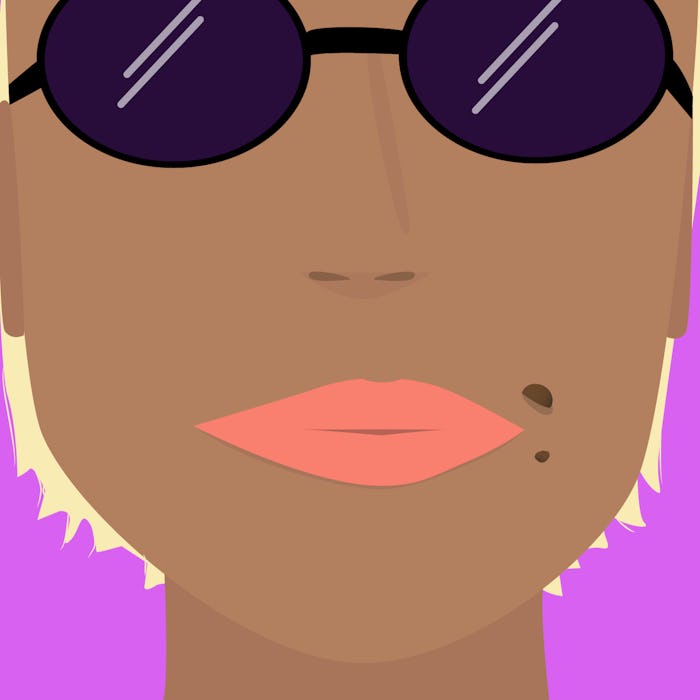Self-tanner, moisturizer, bronzer. All of these beauty products have one thing in common – enhancing your skin’s natural beauty. But looks shouldn’t be your only concern when it comes to your complexion. Your skin has several responsibilities, from regulating body temperature to protecting your organs, blood vessels, and nerves, and needs to be in top shape to perform these duties. That means you have to keep it healthy and be aware of several skin warning signs that you shouldn’t ignore.
You know to lather on sunscreen — skin cancer is the most common type of cancer in the U.S. But a little SPF can only do so much. There are other skin conditions that require your attention, and ignoring growths, bumps, or discoloration is not an option. One way to protect your skin is to administer regular self-examinations where you look for irregularities in your skin. These check-ups are just as vital to your skin’s protection as exfoliating, moisturizing, and sunscreen. But another, more obvious form of prevention is to visit a doctor. A Mayo Clinic study found that skin conditions are the most common reason people go to the doctor, making up 42.7 percent of all medical visits. If you’re unsure whether or not you need to see your own dermatologist, here are seven signs that you should book an appointment ASAP.
1Discoloration
If your skin tone seems off, whether it’s in patches all over or just one area, it’s worth giving your dermatologist a call. Everyday Health notes that some conditions like vitiligo, a disease that stops pigment production, and psoriasis, an inflammatory disease, are known for skin discoloration.
2Bumps
Booty bumps with your BFF are totally normal, but what about skin bumps? If you’re suffering from acne, there’s no reason to panic. The American Academy of Dermatology (AAD) notes that acne affects 40 to 50 million Americans annually, and is totally treatable. Other times, Mayo Clinic notes that bumps may be caused by keratosis pilaris, a harmless condition that leave you with sandpaper-like skin. But if your bumps are painful, oozing, or growing, you should speak with your doctor as they could be the result of a more serious condition, such as staph infection.
3Hives
Eat some strawberries and break out in red bumps? You might have hives – itchy welts on the skin that vary in size, according to the AAD, and are usually the result of an allergic reaction. Most go away after 24 hours, but if they occur under your skin, you should head to the doctor.
4Moles
Not all moles are the bad sort, but keeping watch over any you have is important. The Skin Cancer Foundation notes that one of the warning signs of melanoma, the deadliest form of skin cancer, is a mole that doesn’t adhere to the ABCDE rule. Keep an eye on any irregular moles, as the earlier melanoma is detected, the easier it is to cure.
5Rashes
No one wants to spend the day scratching their skin. But that’s what happens when you have a rash. According to Everyday Health, rashes can be caused by many medical conditions, including an allergic reaction, a blockage in your pores, or from skin chafing. Most rashes will fade on their own, but they can also be treated with antibiotics and the always beloved oatmeal bath.
6Scaly Patches
Rough, scaly patches of skin are often symptoms of conditions like psoriasis. But as the AAD notes, this condition can also be related to skin cancer. If you have a scaly area of skin, especially one that has had a lot of exposure to the sun, call your dermatologist and schedule an appointment.
7Sores
Whether blistering, open, or filled with fluid, the AAD notes that sores can be signs of herpes simplex. (Take a deep breath – this doesn’t mean you have an STD. You could just have a simple cold sore.) Avoiding contact with the wound is key to preventing the spread and helping the healing process. The AAD adds that antiviral medications and creams can be prescribed to move the process along a little faster.
